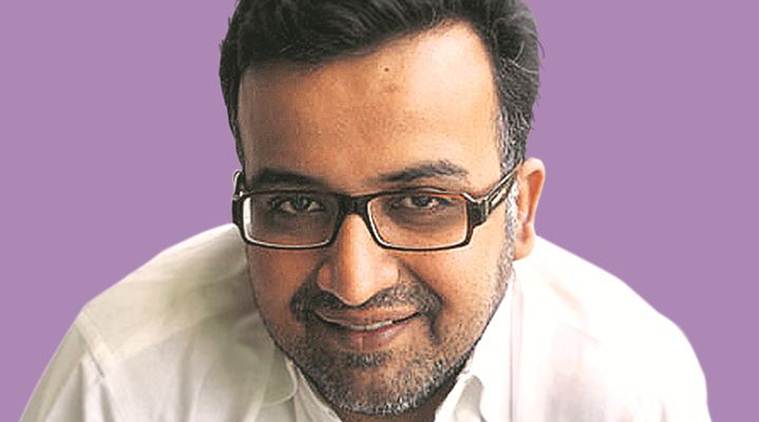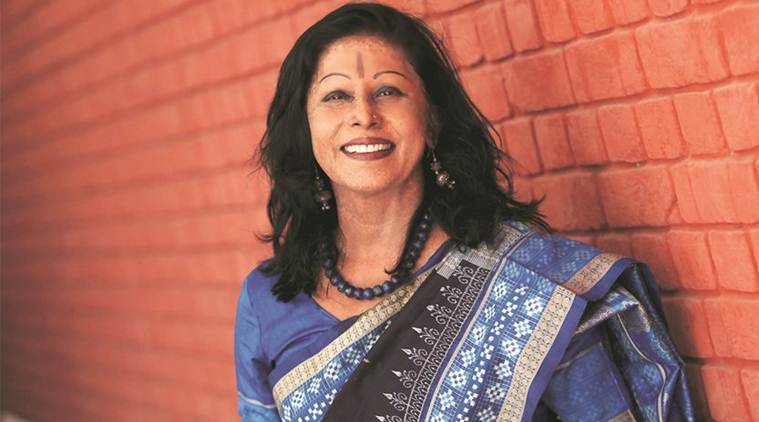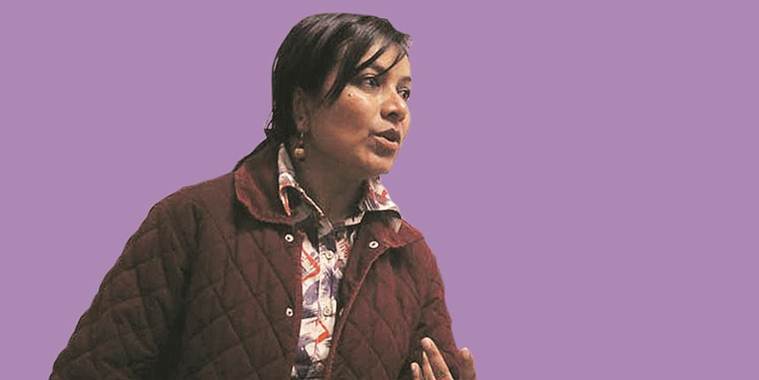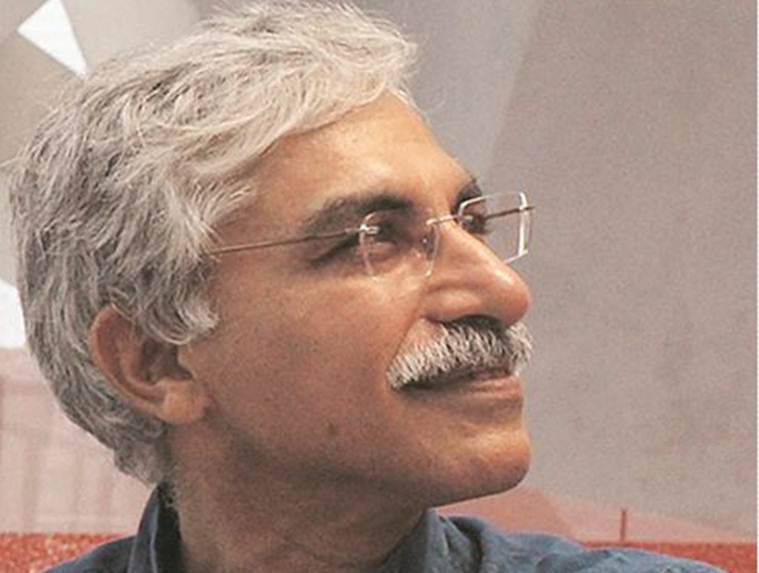What Freedom Means to Me
On this Independence Day, artistes from various fields choose a work, an idea or a space that to them best symbolises freedom.
Updated: August 15, 2018 3:36:25 am

Amitabha Bagchi (author)
Perhaps the one work that always signifies freedom for me is Running Away, a novella by Ruskin Bond included in Adventures of Rusty and anthologised in other places as well. Bored at their boarding school in the North Indian hills, Rusty and his friend Daljit plan to run away to Jamnagar where uncle Jim’s ship, the Iris, is scheduled to dock. Uncle Jim’s letters with the names of the exotic ports where his ship calls, as it makes its leisurely way around the world, are fascinating for Rusty as the routines of school are dull. The incantation that keeps Rusty going through the hazardous journey — Yokohama, Valparaiso, San Diego, London — has stayed with me for many years. I am a poor traveller and have also been to two of those four ports in the years that have passed since I first read Adventures of Rusty, but that list always comes back to me, and brings with it, the sense of a wide world with much to see and much to learn. And it reminds me that I used to know what freedom meant when I was a child.

Sanal Kumar Sasidharan (Filmmaker)
I remember Amma Ariyan, the cult film by John Abraham, which symbolises freedom for me. It was a revolutionary film in terms of making, finding money and method of distribution. It was the first crowdfunded film in Kerala, perhaps the first in India. It inspired a lot of youngsters. The subject of the film is deeply political but for me the idea behind the making is more political. By choosing crowdfunding, John Abraham and Odessa film society, which supported the movement, were trying to relieve cinema from the clutches of money and market. It was a true attempt to attain independence in filmmaking.

Shovana Narayan (Kathak exponent)
The piece that has meant freedom to me has been Mohan Rambha, a story that was penned by philosopher Ramchandra Gandhi, Mahatma Gandhi’s grandson, and which is a homage to the power (shakti) which sustains sages. It is the story of a young Mohandas Karamchand Gandhi, who is scared of ghosts and could not sleep without light near him. Mahatma Gandhi has himself mentioned this in a paragraph in his autobiography, The Story of My Experiments with Truth. He mentions how after his parents aren’t able to help with the fear, he confides in their housekeeper Rambha, an ‘untouchable’, who tells him to chant ‘Rama Nama’.
Ramchandra describes the beautiful relationship between a child and his caretaker and how Rambha helps him overcome his fears. What is he seeking? What are we seeking? There is only one freedom — from fear, from hate, from greed, from discrimination. These are the vices within us, we have to liberate ourselves from these shackles. Once you are free, there will be self-strength and harmony. That’s when you are able to appreciate diversity. I was inspired to touch upon discrimination, untouchability and issues of women through dance after reading understanding Mohan and Rambha.

V Ramesh (artist)
To me the form of Indian art which best expresses the sense of freedom is the Indian sculpture. Most Indian sculptures are about a definite form which the artist is talking about. It strives towards a kind of formlessness which I think is the endeavour for freedom. I am reminded of it whenever I see the temple gopuram with all its sculptures carved on the temple tower. At any given point, all the sculptures appear as if they are going to vanish and shoot off into the air.
Another example of Indian sculptures that depict freedom for me are the Chola bronze sculptures, some of which can be found at the Madras Museum (Government Museum, Chennai). This is the kind of freedom with which the artists had worked and carved out from the limitations of metal. Chola sculptures are mostly made in bronze. So while looking at them, one forgets for a moment that they have been made in metal. The way the artist gave form to a devi, one could feel the softness of the flesh and the subtleness of the body, or even the grace of Krishna and Rama in other sculptures. It is a kind of freedom that the artist had been able to attain where he took out the limitations of a medium. It takes viewers to a different realm altogether.

Jilmil Hajarika (Theatre actor)
Baghdad Burning, a play directed by Kirti Jain in 2009, is based on a blog written by a 25-year-old Iraqi woman living in Baghdad. How a secular city becomes shrouded in fear and how lives are transformed. I play the writer, who calls herself Riverbend, a happy-go-lucky girl who has a quintessential sense of humour that becomes darker as does life in an occupied city. There were scenes of children playing games of explosions, the prison trial of Abu Ghraib was replicated by the actors, and a mother in mourning showing, all those who pass by, the marks left on a wall when a blast vapourised her family’s bodies.
And then, there is a takeover by religious fundamentalists and women of the city suddenly find they need male escorts to go out. I am from an Assamese family, from a remote village of Sarthebari, where my ancestors have lived for hundreds of years. I have been living away from Assam for the last 25 years and my work kept me so busy that I could not apply for National Register of Citizens of India (NRC). In the middle of August, my worry is whether I will be considered an Indian from Assam or a refugee from Bangladesh.

Rajeev Kathpalia (Architect)
There are many types of freedom. To learn at one’s own pace and time, I believe, is the most significant one. The space that we inhabit shapes our choices in the way we learn. What has always distinguished the School of Architecture (SOA), Ahmedabad from other schools has been its openness and participatory environment.
In SOA, studios overlook studios, the outside space weaves into the inside spaces. You really don’t know if you are in a classroom or part of the continuum of a large verandah, people overhear others and run into each other unexpectedly. Learning happens not so much in the confines of named spaces or fixed curriculum but anywhere and everywhere. The building removes divisions, it does not matter whether you are in first year or the final year, you feel that you are part of a large family and you have many relationships. You will be allowed to find your own temporary territory and solitude if you so desire but you are implicitly part of a larger whole.






















No hay comentarios:
Publicar un comentario